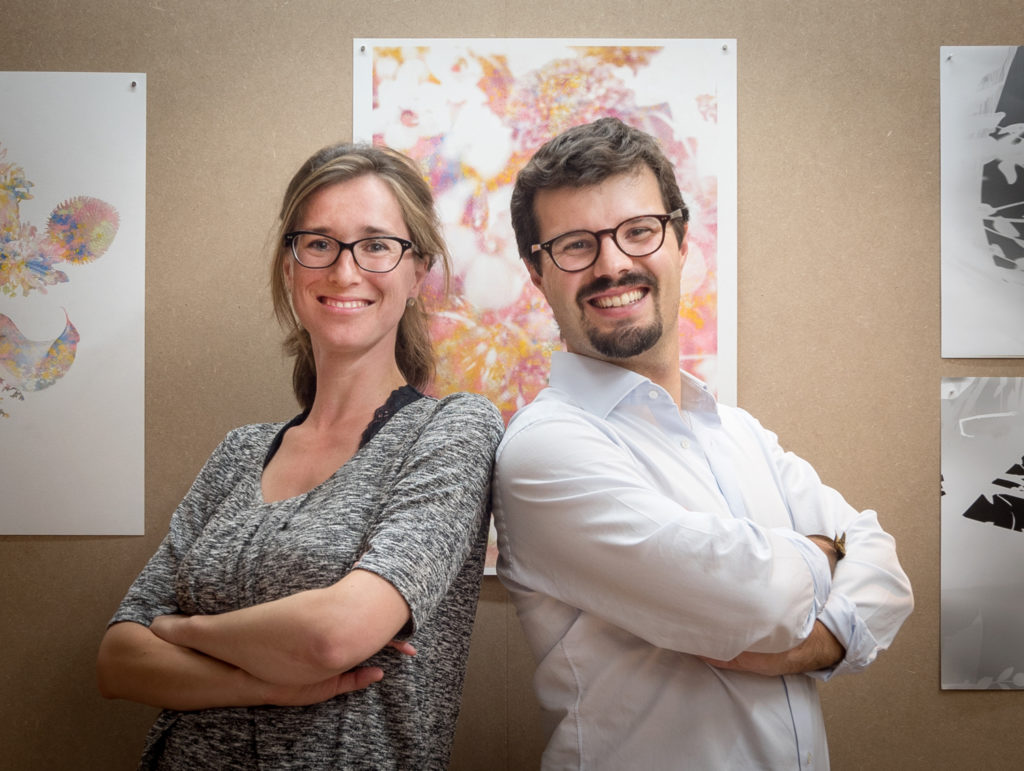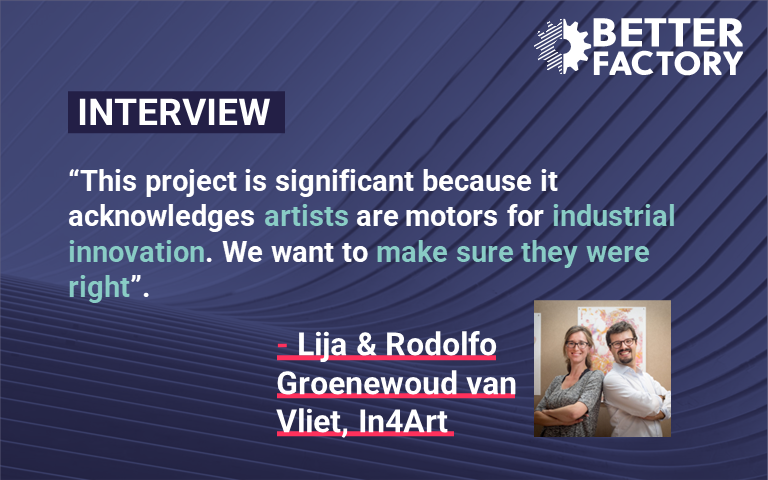Welcome to our interview series with the partners running Better Factory. Today we are lucky to be joined by two of our all-star team Lija Groenewoud van Vliet and Rodolfo Groenewoud van Vliet to learn more about In4Art and their role in the project!

Lija Groenewoud van Vliet (Founder & Creative director) and Rodolfo Groenewoud van Vliet (Founder & Business director) of In4Art. At In4Art, they set out to rethink the ideas of societal and economical structures or institutions by placing circularity, biodiversity restoration and inclusivity at the core of their efforts.
Thank you for joining us today! Please could you give us a short introduction to In4Art and your activities bringing together art, science and technology, in your own words, and what is your role here?
At In4Art we see ourselves as developers of innovations which are driven by artistic exploration and experimentation. This means we start projects in collaboration with artists and with the intent to realize responsible innovative spill-overs or outcomes; like new products, research, business models or services. Because our projects are always either focused on material (re)use or data interfaces, a lot of technology and science is needed to come to something new. That is why we often involve scientists, technology developers and companies in our projects.
In Better Factory, our main role is to use our own experiences of working with artists, technologists and companies to support the 16 collaboration experiments we will have in the project, from the earliest stages of matchmaking to the final outcomes and next steps.
Better Factory is a project in which 28 partners from all over Europe have come together to figure out how small and medium sized European manufacturing factories can become more competitive through digital technologies and product innovation.
You created the ‘Art-Driven Innovation method’ – could you tell us about that?
The Art-Driven Innovation method is the approach we use in all our own projects; bringing together technology developments, innovation value drivers and art works. This is how we select and built our own projects and help partners and clients to do the same. Next to that, we share it in collaborative projects like Better Factory and other S+T+ARTS projects as a tool to use for defining and running innovation oriented projects in collaboration with artists.
Through the Art-Driven Innovation method, we are able to link artworks and artistic ideas on the intersection of art & technology with the potential to create value in line with the Sustainable Development Goals to society and business. You can read about it here: artdriveninnovation.eu
To someone reading this who has never heard of Better Factory before, how would you describe it in simple terms, and why do you feel it is significant?
Better Factory is a project in which 28 partners from all over Europe have come together to figure out how small and medium sized European manufacturing factories can become more competitive through digital technologies and product innovations. The partners bring together a lot of knowledge on the factories themselves, digital tools and services, robotics, art and design. In the project we try to combine these worlds of business, technology and art and we run 16 pilot projects to test how this goes in reality. To us at In4Art, this project is significant because it is one of the very first innovation actions supported by the European Commission which acknowledges artists are motors for industrial innovation. We want to make sure they were right.
In4Art is working heavily on the development and integration of APPS, within Better Factory. Could you tell us about how you foresee this throughout the project?
The APPS are a set of software programmes which the factories in the pilots are supposed to use to become more digital and knowledgeable about their own data. In4Art is part of this work package to connect the work of the technology partners who develop the APPS with the needs in the pilot projects. In this phase of the project (spring 2022), the running pilots are supposed to test and use the APPS in their factories. We are receiving feedback from the pilots on how this does or does not work, which will be used to better tailor the needs of the pilot participants with the possibilities of the APPS throughout this round of pilots and the upcoming round of pilots.
To us at In4Art, this project is significant because it is one of the very first innovation actions supported by the European Commission which acknowledges artists are motors for industrial innovation. We want to make sure they were right.
What are your predictions for the intersection between art, and technology, in the next 5-10 years in Europe? And how do you think Better Factory can contribute to its longer-term development?
Art and technology have been colliding for hundreds of years and we do not expect anything to change in the near future. What has changed, however, is the pace with which technologies develop, get deployed and prove of influence on many aspects of our lives. Think of topics like safety, privacy, energy, jobs, materials. Artists are important in questioning the interests of creators and showcasing alternative options to enable responsible use of technologies. We do hope that, in Europe, the goal to become a leader of ethical technologies continues and that art contributes to realising this goal in the next decade.
No doubt there will be some readers that are keen to meet you to talk more about the project and your role in it. Which events can people find you at in 2022, and beyond?
On September 24th 2022, we will be talking about the project and our Art-Driven Innovation method during the annual conference of the Benelux Baltics in Business, in the Hague.
Thank you!
If you’d like to learn more about our partners or KTEs, just head back to the Insights section to read more interviews!

